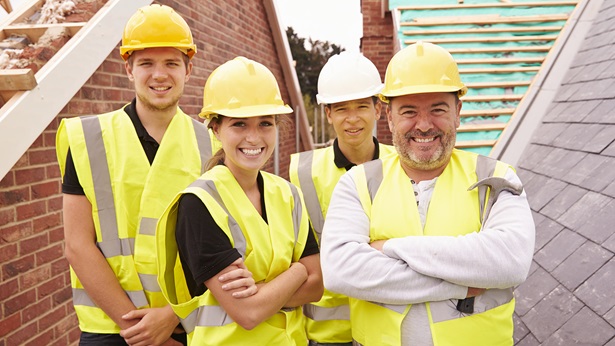Housing Equals Jobs Resonates with Lawmakers
The health of housing is key to the overall state of the U.S. economy, as housing serves as an engine of job growth when the right policies are in place.
Testifying before the Senate Banking Committee’s Subcommittee on Economic Policy during a hearing examining the drivers of job creation, NAHB economist Robert Dietz referenced how home building and remodeling generated 274,000 jobs between 2011 and 2013 following the downturn of the Great Recession.
“This expansion has direct economic benefits,” said Dietz. “Housing provides the momentum behind an economic recovery because home building and associated businesses employ such a wide range of workers.”
Employment from new home construction and remodeling has a wide ripple effect. About half the jobs created by building new homes are in construction. They include framers, electricians, plumbers and carpenters. Other jobs are spread over other sectors of the economy, including manufacturing, retail, wholesale and business services.
NAHB analysis of the broad impact of new construction shows that building 1,000 average single-family homes generates:
- 2,970 full-time jobs
- $162 million in wages
- $118 million in business income
- $111 million in taxes and revenue for state, local and federal governments
Similarly, construction of 1,000 rental apartments, including units developed under the Low Income Housing Tax Credit, generates 1,130 jobs while $100 million in remodeling expenditures creates 890 jobs.
“Typically, housing represents 17% to 18% of the GDP,” he said. “With a growing population and an aging housing stock, NAHB forecasts that single-family construction will increase 22% in 2014 to 760,000 units and multifamily production will rise 6% to 326,000 units.”
Noting that 2014 should be the first year since 2007 in which total housing starts exceed 1 million homes, Dietz said this expansion will produce jobs. “In April alone, home builders and remodelers added 13,100 jobs,” he said.
NAHB estimates that total housing construction over the next few years should return to just under 1.7 million combined single-family and multifamily starts on an annual basis.



